The positions of buyer and sales agent tend to be overlooked by most fashion journalists, even though they are some of the most important protagonists within the fashion industry. In a saturated market, finding the right sales partner is a dream come true for most, and designers often need to change agents of showrooms in order to find the right fit.

Throughout his impressive career as a strategic consultant and dedicated sales agent, Kiyo Ishizuka has nurtured some of the most daring and influential designers in fashion, while keeping his integrity and strong work ethics intact. We had the honor to catch up with him to discuss his vision of Belgian designers, being part of the jury of the Belgian Fashion Awards, and why independent brands still matter now.
What is your very first memory of designer fashion?
I was born and raised in Akita -a northern prefecture of Japan- in a family that had never traveled abroad and was far removed from European art or high fashion. When I was fifteen, my older brother took me to Sendai City, where I stepped into the world of ‘Comme des Garçons Homme Plus’ for the first time. It was a shock in the best sense, an awakening. Mrs. Rei Kawakubo’s creations appeared simple at first glance, yet carried an almost unsettling tension and intellectual sophistication. That moment expanded my world instantly, I still remember it vividly. Later that same day, I visited a designer store called REVOLUTION, where I encountered Raf Simons for the first time. It was my first connection to Belgium and at that moment I realized that fashion could be more than just clothes: it could embody an individual’s ideas and reflect the atmosphere of an era.
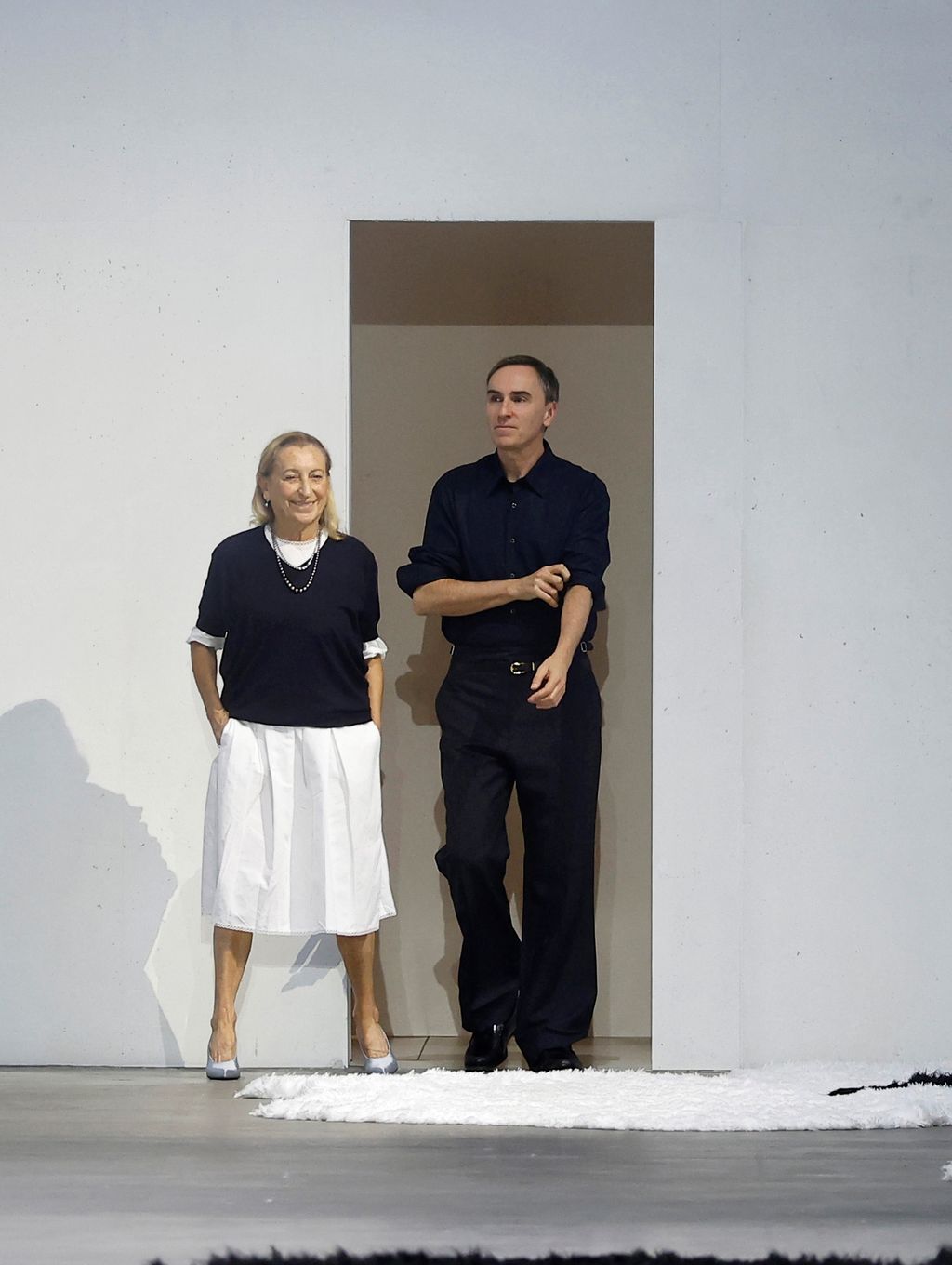
When you were a teenager, was designer fashion already a part of Japanese culture?
Growing up in Japan in the 1990s meant being surrounded by fashion’s strongest wave of influence. Japanese brands were creating bold unconventional styles, and international labels were entering Japan one after another. I also clearly remember when Belgian designers, such as Dries Van Noten, Raf Simons, Martin Margiela, Dirk Bikkembergs and Walter Van Beirendonck, began to appear on the Japanese scene. The Japanese brand that inspired me most was ‘Comme des Garçons’, and among the Belgian designers, it was Raf Simons. Strangely enough, about fifteen years later I had the chance to collaborate with Raf Simons, and twenty years later with Rei Kawakubo at Dover Street Market Paris – the iconic concept store she created together with her husband, Adrian Joffe.
To stand in the very world that once inspired me as a teenager still fills me with deep gratitude and a quiet sense of wonder.
How did you first get into strategy consulting and sales?
My family ran a surveying and design company. As a child, I often visited my father’s office, a place filled with large drafting tables where engineers hand-drew plans for bridges and highways. That was my first exposure to the idea of “design.” The company also offered consulting services, and I used to watch my grandfather and father negotiate with government officials and clients. That experience naturally drew me toward the world of strategy and management. However, in 1980s Japan, the political and labor climate was extremely tough. The company went through several crises, coming close to bankruptcy more than once. Experiencing that instability, the confusion -and the sorrow- left a deep impression on me, but it also shaped my inner strength.
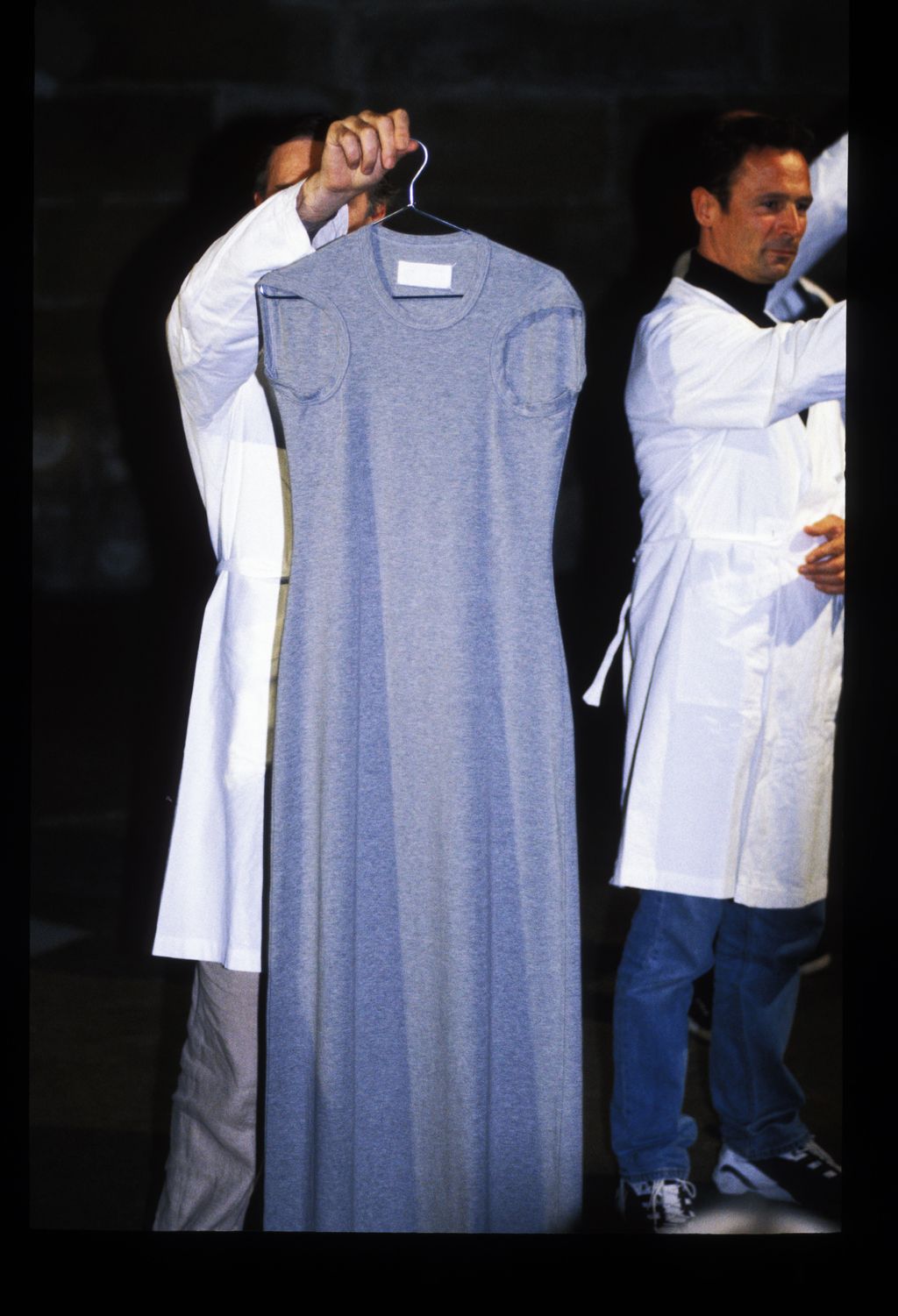
What did you study?
At eighteen, I moved to Tokyo to study Fashion Business at a vocational school while working nights as a Techno DJ during the golden era of Techno and House music. When my family’s financial situation worsened, I left the nightlife behind and began working as a sales associate at Dries Van Noten, my first experience with a Belgian brand. Two years later, the distributor went bankrupt, but soon after I joined ‘Maison Martin Margiela’ as a sales associate. That’s when I realized how much I genuinely loved the act of selling, connecting people with ideas and products. Eventually, I joined the wholesale management team, where I spent four years learning the business side of fashion from the ground up. It was an intense environment, but those years became the foundation upon which I built my own company in 2011.
What are the main challenges faced by young independent brands today?
When I first started traveling to Paris for work, everything was analog. Schedules were handwritten, and video calls across borders didn’t exist. Today, everything moves at lightning speed, and human connection has been reduced to likes and comments. Over the past two decades, I’ve watched countless designers grow from small ateliers into global brands. Yet the key to success remains unchanged: human connection and mutual respect. Trusting and collaborating with local partners who possess different skills and cultural understanding is what truly bridges distances and languages. When governments or support organizations assist designers, it’s vital not just to host exhibitions, but to connect them directly with local buyers through people who understand the regional market and culture. Especially in Asia, business relationships are built on cultural sensitivity and long-term dialogue. From my experience, this kind of on-the-ground support generates real opportunities and tangible results.

What do you think are your strengths as a business?
My team doesn’t rely on secret techniques. We simply focus on doing the basics with integrity. Visiting buyers, organizing product presentations, providing thoughtful feedback, and sharing ideas. These simple, consistent efforts are what builds trust and sustains brands. I also believe it’s crucial to engage fearlessly with investors. Without financial backing, even the most visionary creativity can struggle to survive in today’s market.
Why does fashion need independent voices?
The fashion industry is ruthless. Luxury conglomerates and fast fashion dominate most of the capital, yet every so often, an independent talent emerges and turns the page. In that sense, fashion constantly seeks its own antithesis: a new tension, a new spark, a reminder that creativity still matters.
How was your experience as a member of the international jury for the Belgian Fashion Awards?
The Belgian Fashion Awards jury brought together journalists, editors and CEOs from diverse backgrounds. The discussions were incredibly inspiring, not just about aesthetics or trends, but about what fashion means culturally and socially. My own background is rooted in sales and brand development, so hearing perspectives grounded in editorial and critical thinking was eye-opening. It reminded me that fashion is not only an industry but a cultural language, one that conveys emotion, ethics, and identity. Through this experience, I also rediscovered Belgium’s unique creative spirit: its humility, integrity, and intellectual depth. Serving on that jury wasn’t just an honor, it allowed me to reconnect with the very reason I entered this world in the first place.
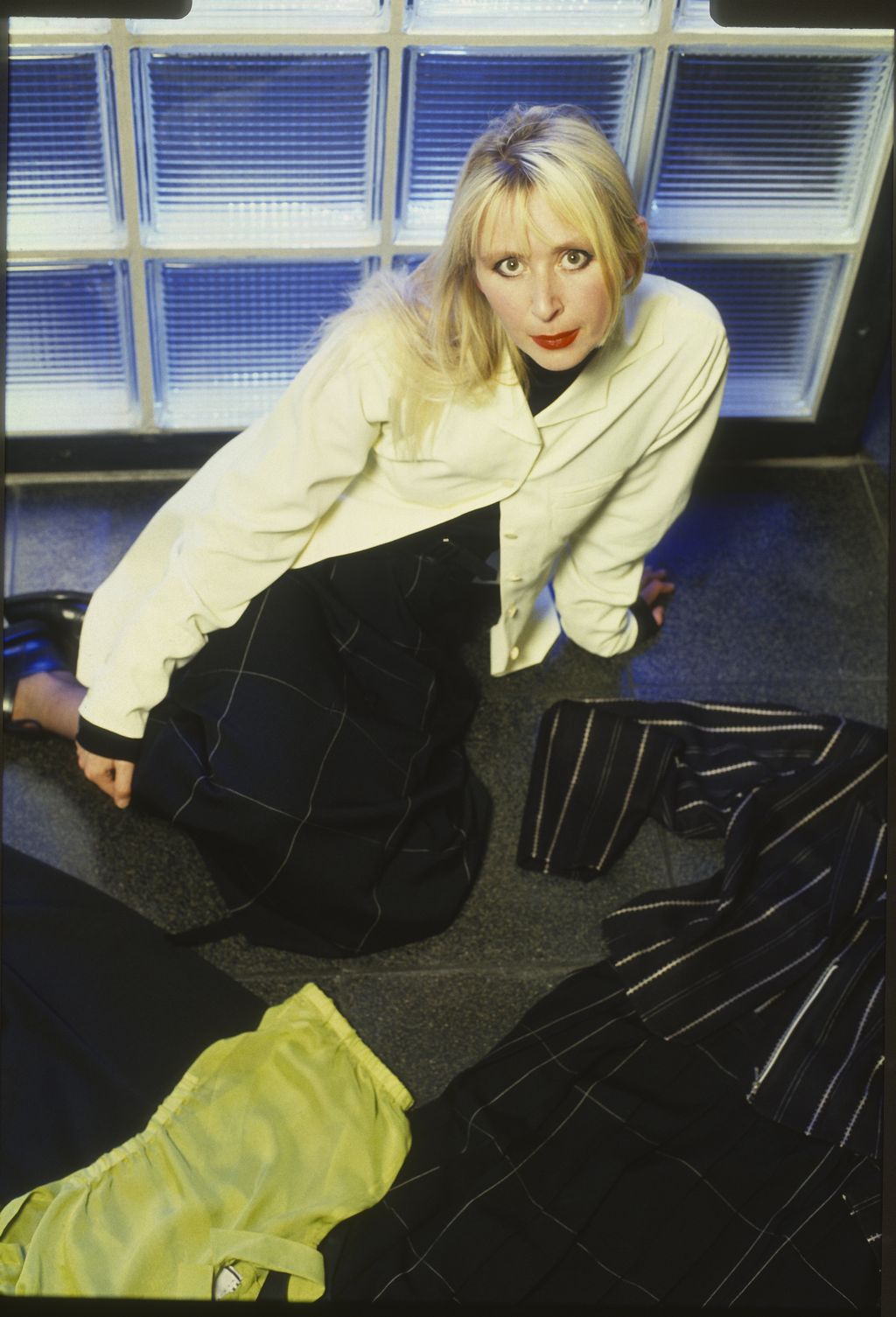
What’s your perception of Belgian fashion?
Belgium has long been home to some of the most intelligent and creative designers in the world. Over the years, I’ve realized how much Belgians and Japanese share, a deep sense of dedication, humility and moral responsibility. Many of the designers who define Paris Fashion Week are Belgian: Raf Simons, Marina Yee, A.F. Vandevorst, Dries Van Noten and Maison Margiela, each with a singular philosophy and timeless vision. Working alongside them has taught me how to build value that goes beyond trends. Being part of the Belgian fashion ecosystem has been one of my greatest professional privileges, almost like carrying a universal passport within this industry.
Which designers have you collaborated with?
Over the past two decades, I’ve had the honor of working with many remarkable designers, including Raf Simons, Marina Yee, A.F. Vandevorst, Dries Van Noten, Maison Margiela, Byredo and Jacquemus. Currently, we collaborate closely with Marina Yee, Julie Kegels, Kvadrat / Raf Simons and several international designers.
Some say fashion today is “80% communication and 20% substance.” Do you believe hype is still important for a brand?
The rise of social media and shrinking attention spans have made the lifespan of trends shorter than ever, but brands without substance have always existed. The difference now is that smartphones make them impossible to ignore. Hype can certainly lift a brand for a moment, but lasting success depends on a delicate balance of hard work, aesthetics, sincerity and trust. Trends are fleeting. Authenticity endures.
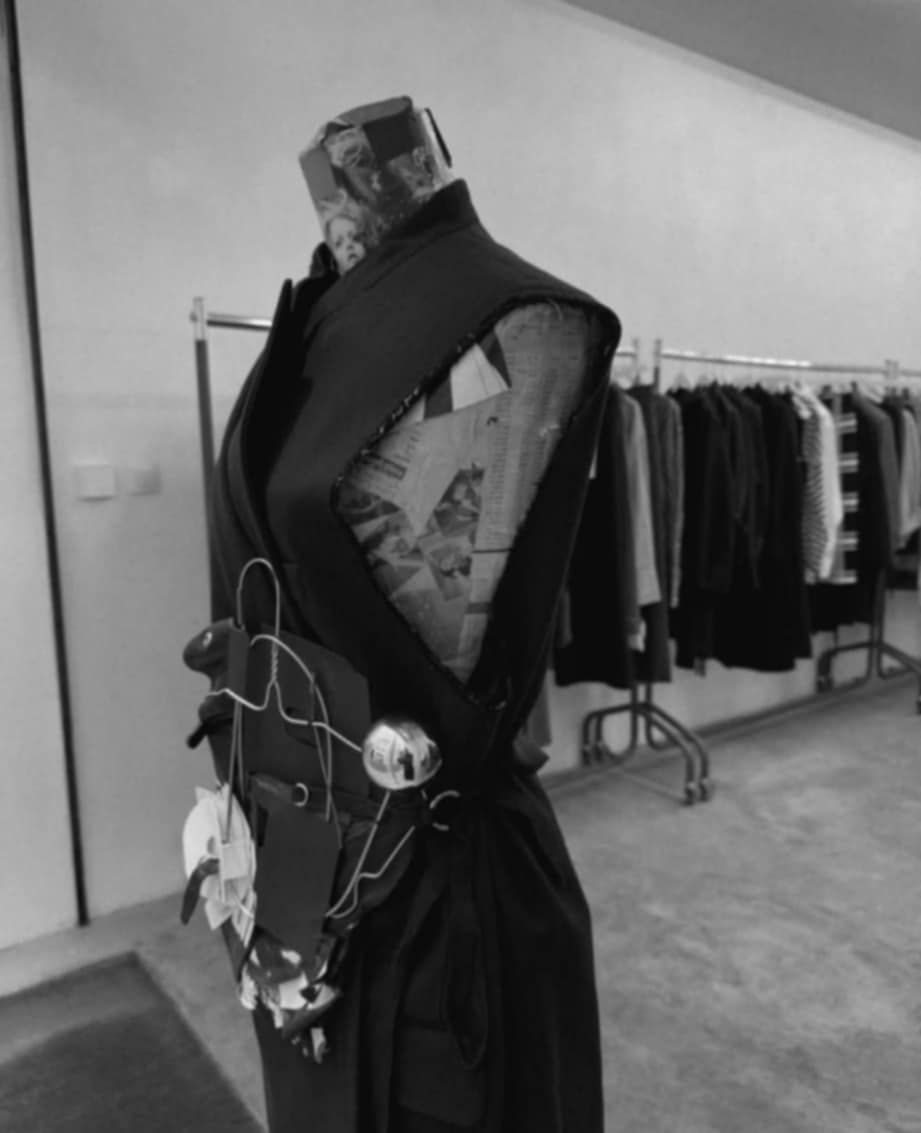
The market is saturated today, especially in designer fashion. How do you distinguish yourself?
We begin by asking whether our aesthetic vision aligns with that of the brand. Without shared sensibility, no partnership can last. Next, we discuss within the team whether the collection has the power to shine -or the potential to- in an already saturated market. As sales agents, our principle is simple: execute the fundamentals with consistency and honesty. We focus on things that may sound basic but are often overlooked: meeting buyers in person, holding product presentations, preparing sell-through reports, and suggesting activities that align with the market. The fashion world may look glamorous, but surface appeal alone is never enough. True differentiation lies in relationships, ideas, and steady support, qualities that cannot be replicated overnight.
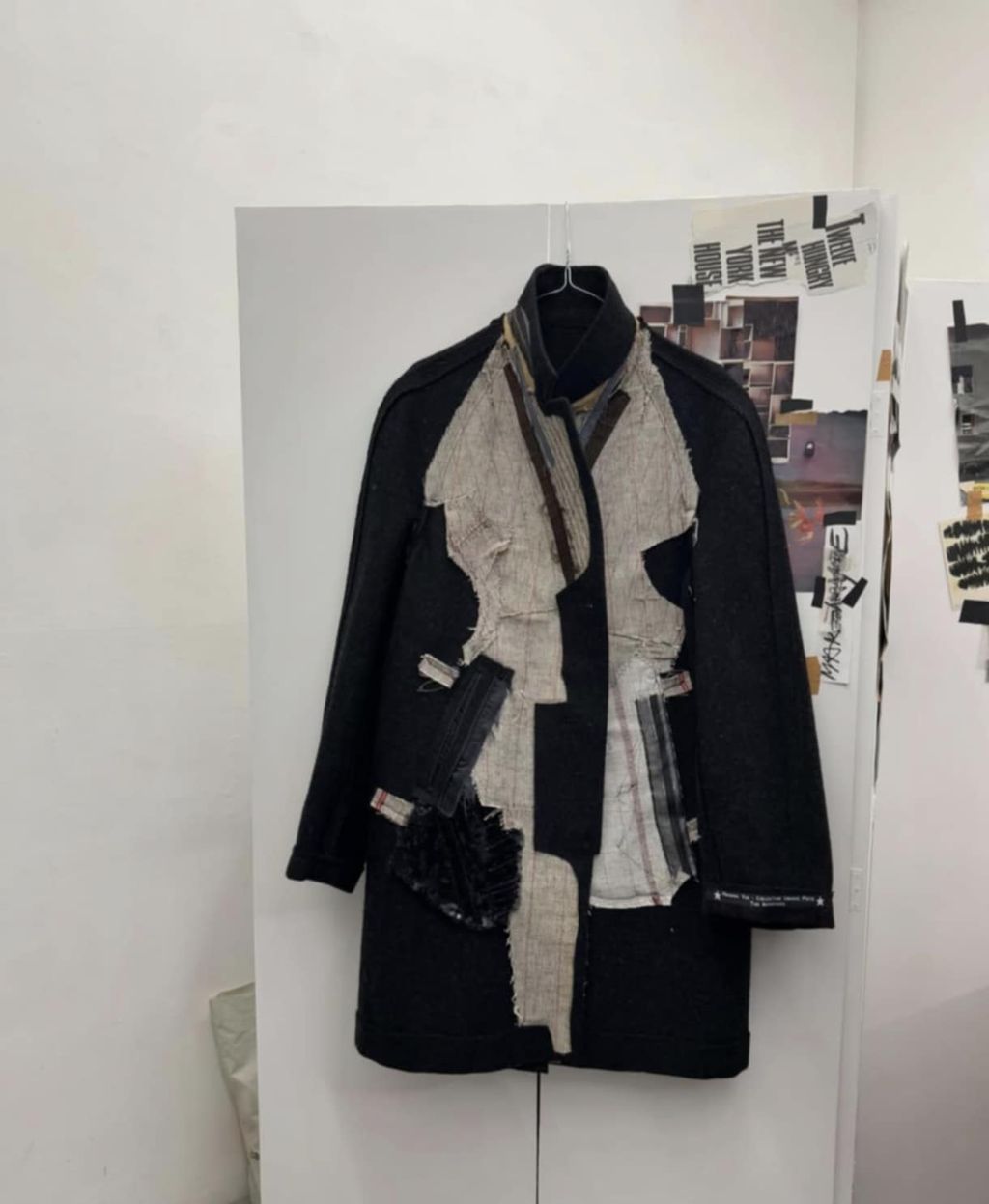
Which aspects of your work do you enjoy the most, and what keeps you going?
Growing up in rural Japan, I always admired and wanted to learn from European culture. Looking back, that distance itself became my driving force. Although my title today may be “strategic consultant” or “sales agent,” at heart I’m simply a Japanese man fascinated with fashion, music, and different cultures. From the kindness I experienced in Belgium to the sophistication of Paris, the profound history of China -and the forward-thinking energy of Korea- each culture continues to inspire me. Sharing those encounters with designers and helping transform vision into reality gives me deep joy. It also moves me to see our younger team members gain those same experiences and carry them forward, a little bittersweet for someone who still loves being on the ground. Watching a brand grow from a small atelier to international recognition is always emotional. Fashion may appear glamorous, but behind it lies immense effort and unseen preparation. What keeps me going is the trust and human connection that form the heart of this work. To create new value together with people across borders and cultures: that, for me, is the greatest joy and the true reason I continue this journey.
I would also like to express my sincere gratitude to WBDM, to Flanders DC for recommending me as a jury member for the Belgian Fashion Awards, and finally to Bianca Luzi, CEO of Raf Simons, for her enduring trust and support.
(Editor’s note: At the time of publishing this interview, we were deeply saddened to learn of the passing of Marina Yee, a leading figure in Belgian fashion whose spirit and vision continue to inspire so many designers.)
